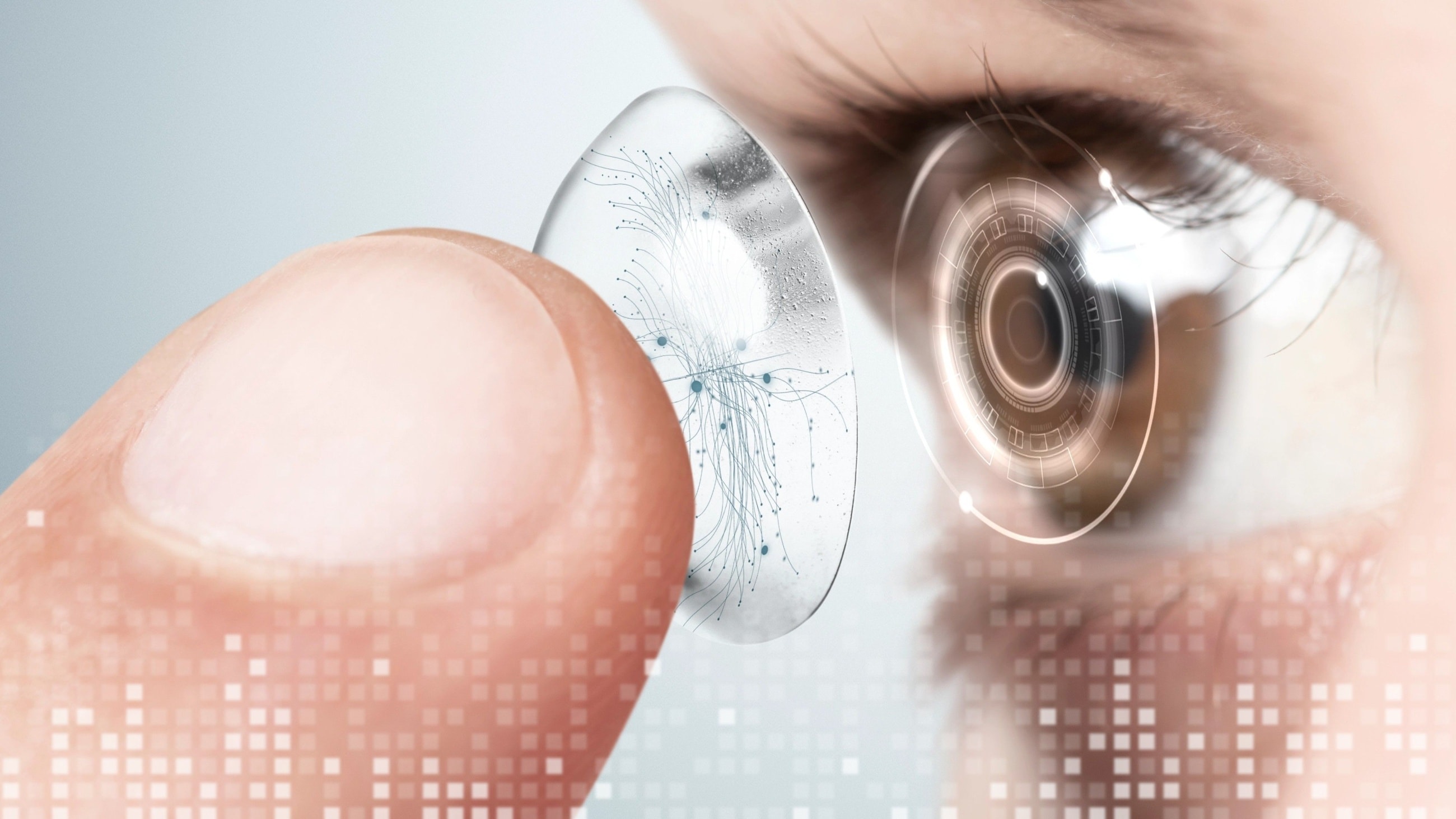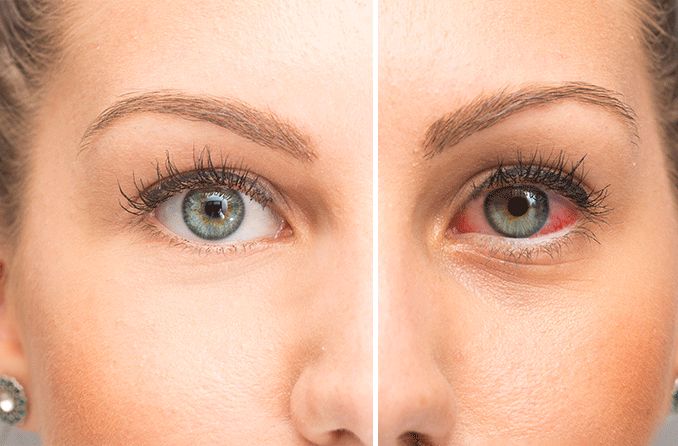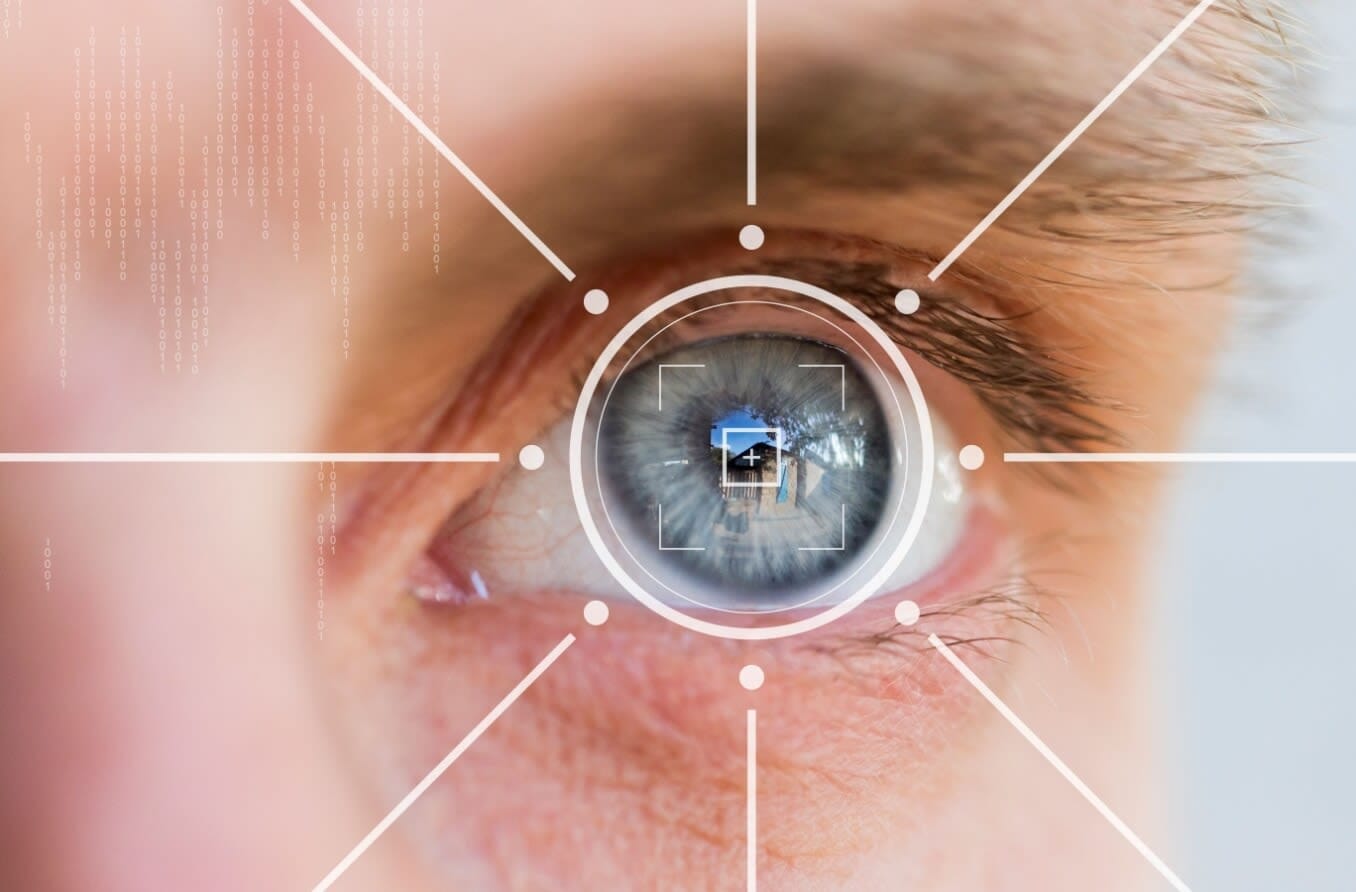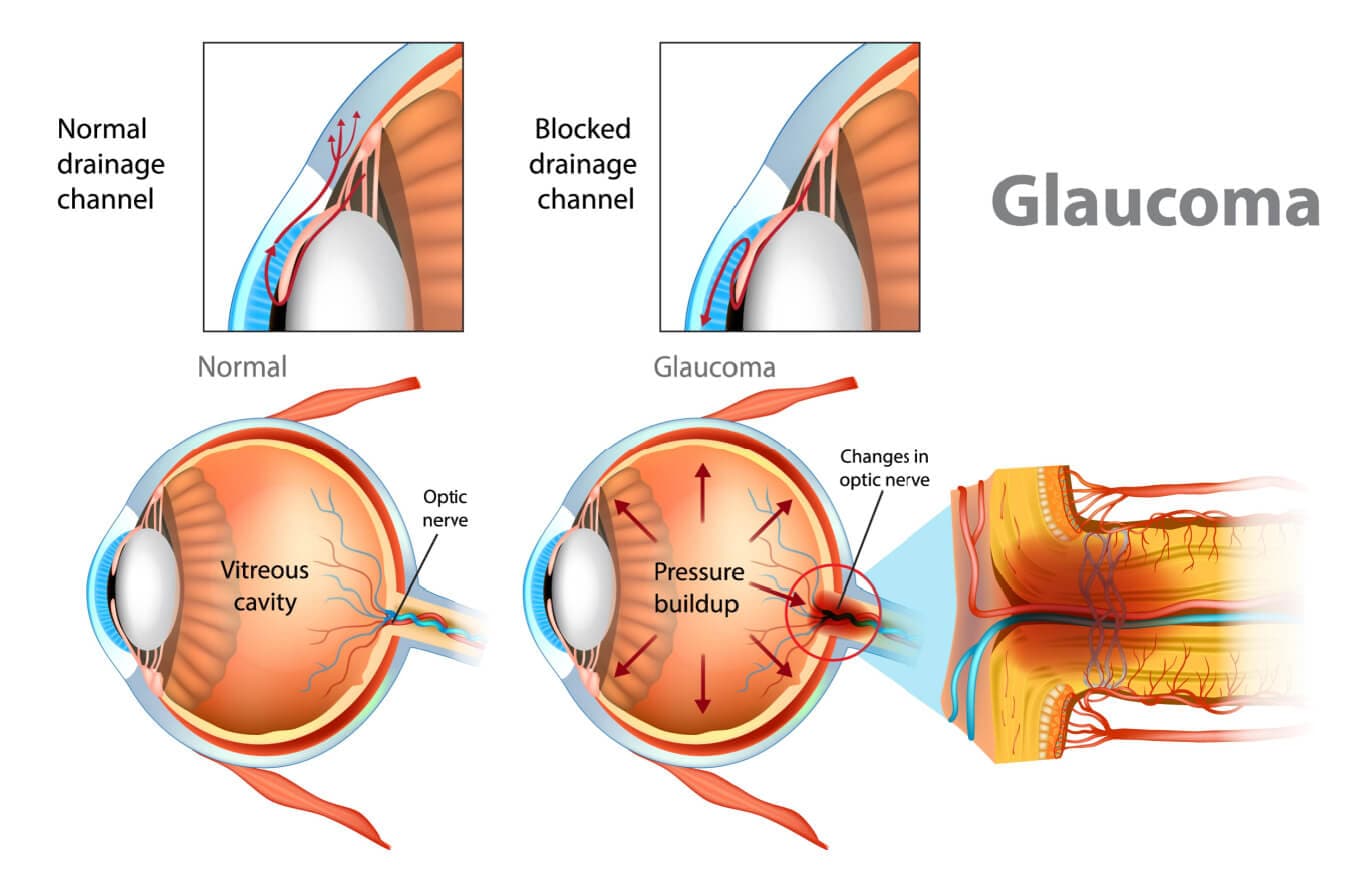What are smart contact lenses?
Smart contact lenses (SCLs) are high-tech lenses that go beyond traditional vision correction. They include tiny wireless components like microchips and sensors that allow them to monitor health, collect data or display information directly in the wearer’s field of view.
Smart contacts have the potential for a wide range of uses, from health care to communication, but they’re not yet widely available for general use. Several prototypes show exciting promise, and some have even been approved by the U.S. Food and Drug Administration (FDA) for specific medical purposes. Others are still being tested and developed.
Their counterparts, smart glasses, are already being used for tasks like hands-free access to information and augmented reality (AR) experiences. But SCLs offer an even more advanced option by bringing that same digital capability directly to the surface of the eye.
How do smart contact lenses work?
Like traditional contact lenses, smart contacts sit on the eye’s surface. But unlike regular contacts, they contain tiny components that respond to changes in the eye as well as sense things from the environment. These components collect information and share it wirelessly for analysis or monitoring.
Key components inside the lens
Each part of a smart contact lens has a specific role. The main components include:
- Biocompatible lens materials – SCLs are made from the most advanced, breathable, biocompatible materials, such as the newest silicone hydrogel polymers.
- Sensors – Tiny sensors embedded in the lens can measure factors like temperature, intraocular (eye) pressure and glucose levels in tears.
- Microprocessor chips – Small computer chips store and process information collected by the sensors. They also manage communication with external devices.
- Power sources – These are small energy systems that power the lens. They may include microbatteries, biofuel-based sources, or energy harvesting systems that convert light or certain components of tears into energy.
- Conductive circuits – Circuits made of materials like graphene or carbon nanotubes carry electrical signals and data between each lens’s components.
- Focus adjustment components – Some SCL prototypes include technologies that help the wearer see clearly at different distances. These may include embedded diaphragms, liquid crystal elements or electric fields that change the lens shape or aperture.
- Photochromic components – Certain models contain photochromic additives that adjust the lens tint in response to changes in lighting conditions.
- Micro-display units – Some SCLs include micro-displays that project images and data directly onto the wearer’s retina. This allows augmented reality information to be overlaid on top of what the wearer sees in their environment.
How they collect and share information
Together, these components form an integrated system within the lens. Its continuous contact with the eye’s surface allows it to track certain physiological factors, such as biomarkers in the tear film. These factors provide valuable information about the body.
The lens processes this data and then sends it to an external device (such as a smartphone) through a tiny antenna. Health care providers can then review and analyze the information collected.
How smart contacts could help your eye health
SCLs are already helping to monitor certain aspects of eye health. And ongoing research points to even more possibilities in the future. By tracking key factors on the eye’s surface, these smart lenses could one day support personalized health monitoring and beyond.
Current devices that monitor health
One device already in use is the SENSIMED Triggerfish. This is an FDA-approved SCL that monitors changes in the eye, such as fluctuations in eye pressure. It’s helpful for people with glaucoma, a condition that can lead to vision loss and blindness if left untreated. High intraocular pressure (IOP) is a major risk factor for glaucoma. This makes regular monitoring of IOP a key factor in managing the disease.
When worn, the lens measures subtle changes in the eye’s shape over a 24-hour period. These changes can correspond to fluctuations in eye pressure.
The lens is worn for about a day while the wearer goes about their normal activities. Afterward, data collected by the lens is sent to the wearer’s eye doctor for review. This allows their doctor to track IOP changes that occur throughout the day, which could help guide treatment plans.
Possible future health benefits
Several other SCL models in development could offer health benefits beyond vision correction. Some of these include:
- Noninvasive health monitoring – Future lenses could monitor a range of health indicators. They may track factors like glucose levels in tears to help monitor diabetes. They may also measure eye temperature, which could help detect eye surface diseases like dry eye syndrome.
- Early disease detection – SCLs could potentially detect early signs of conditions like dementia, Parkinson’s disease and certain cancers.
- Medication delivery – SCLs may one day deliver medications directly to the eye’s surface. This would allow for controlled release to treat certain conditions more effectively.
- Eye tracking – Lenses that track eye movements are being developed. This may help boost sports performance and support health-related needs, such as vision therapy.
Future SCL models could also be multifunctional, meeting multiple health care needs all within a single lens.
SEE RELATED: Can wearable technology help monitor eye health?
How smart contacts could enhance or augment your vision
Many smart contact prototypes focus on health monitoring. However, others are being developed to improve and augment vision.
Vision correction and adaptive lenses
Some scientists are developing SCLs to meet a wide variety of vision correction and adaptive needs. Some prototypes can automatically adjust focus to help users see clearly at different distances. Others filter light to reduce glare and improve contrast in changing light conditions.
Augmented reality features
SCLs with augmented reality capabilities could transform how people interact with their surroundings. Some examples include:
- Device control – Some models may allow users to control digital devices such as smartphones by blinking or simply moving their eyes.
- Hands-free photography – Users could take pictures with digital devices using only eye movements.
- Digital navigational instructions – This feature would provide step-by-step navigation in the wearer’s field of view. It projects images onto the retina, allowing visual data to be displayed on top of features in the wearer’s environment, such as landmarks and street signs. This represents a major breakthrough in both augmented reality technology and the capabilities of smart contact lenses.
Assistive features for vision impairment
Other features could provide assistive technologies for people with complex visual impairments or disabilities. Examples include:
- Text-to-speech
- Text magnification and zooming
- Object recognition
How safe and practical are smart contact lenses?
Smart contacts offer promising new ways to monitor health and enhance vision. But before they can be integrated into everyday use, researchers must ensure their comfort and safety, among other factors.
Eye health and comfort considerations
The hardware in SCLs could potentially affect their comfort. Some users may experience eye irritation as a result. There is also an increased risk of eye infections or damage if the lenses aren’t used correctly. Like regular contacts, smart lenses must be safe and comfortable for everyday wear.
About half of all current contact lens fittings are for daily disposable lenses. These are considered the safest, most hypoallergenic and convenient contact lens option. Smart lenses, however, are unlikely to be disposable due to the embedded technology. This may impact the health of the eye as well.
To lower the risks of eye damage and infection, manufacturers are making SCLs with oxygen-permeable materials to help support eye health. Some smart contact prototypes are being developed as scleral lenses. This type of lens typically lasts at least a year and is generally a healthier option.
Manufacturers are also working to improve production methods to enhance SCL comfort and safety. Even so, questions remain about whether all the integrated technology can remain healthy for the life of the lens.
Data privacy and security
Because SCLs collect and send sensitive health and biometric information, privacy and security concerns have been raised. Manufacturers must ensure sensitive information is encrypted and secured to safeguard these details.
In many places, laws require people to inform others if their wearable device, such as smart glasses, is recording. This is particularly so in two-party consent states and when recording private conversations. Regulations will be needed to further protect users and their personal data.
Other challenges
Smart contacts face several other hurdles before they can be ready for everyday use, such as:
- Maintenance – Because they include sensors and other hardware, smart contacts may need more upkeep than regular contacts.
- Cost – These technologically advanced contacts will likely cost more than traditional options.
- Power and connectivity – Maintaining a reliable power source and wireless connections will be key for proper function. Further research in this area is currently underway.
- Aesthetics and transparency – The components embedded in these lenses can affect their appearance. They must be discreet while providing a clear, unobstructed view.
- Extensive testing – Comprehensive clinical trials are needed to ensure these contacts are safe to use.
What’s next for smart contact lens research?
Ongoing innovations in lens materials and microelectronics are focused on making SCLs safe, comfortable and effective.
Artificial intelligence (AI) is also expected to play numerous roles in how these lenses function. AI may be used to:
- Analyze information in real time
- Diagnose conditions
- Predict disease severity
- Improve lens design and fit
- Support personalized eye health needs
Experts predict rapid market growth over the next several years as smart contact lens research continues to progress.







